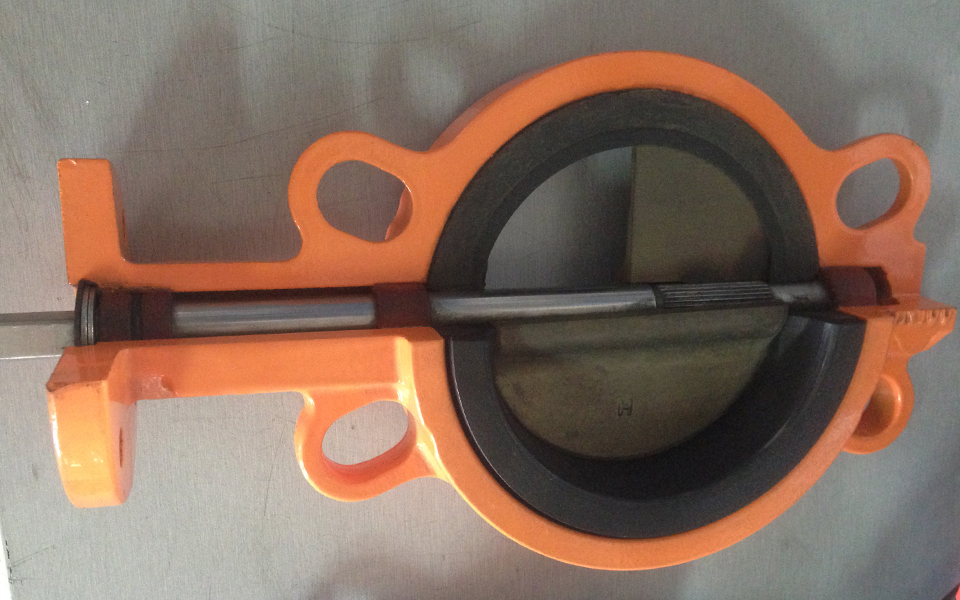INDUSTRY NEWS
The operating temperature of the resilient butterfly valve
The sealing performance of the resilient butterfly valve is superior, and it can achieve bi-directional sealing and zero leakage. resilient applicable media are air, water, steam, various corrosive media, mud, oil and so on. The sealing surface material of the resilient butterfly valve we often see are EPD, nitrile and polytetrafluoroethylene. These three kinds of resilient butterfly valves of different materials are also different in the medium applicable in the pipeline.
epDM
Also known as EPDM, code EPDM. Epdm rubber is the most commonly used valve seat material of resilient butterfly valve, and its use is also very wide, in the working environment of normal temperature and pressure, the use of EPDM valve seat has very good sealing performance. And EPDM rubber ozone resistance, aging resistance, long service life, EPDM for the valve seat material resilient butterfly valve applicable media are fresh water, sewage, seawater and similar mud containing impurities such as media.
butyronitrile
Nitrile butadiene rubber, code NBR, this material has one of the biggest characteristics is particularly good oil resistance, in addition to a certain resistance to wear and heat. The resilient butterfly valve uses nitrile rubber as the sealing surface material, which can be applied to oil pipelines and oil medium. In addition, nitrile rubber is not suitable for fresh water and other media, because it contains certain toxicity, which will cause harm to human health.
Polytetrafluoroethylene
Polytetrafluoroethylene is a fluorine plastic code-named PTFE. Polytetrafluoroethylene is characterized by resistance to various acids and bases and various organic solvents; The use of PTFE as the resilient of the valve seat material is mainly used in chemical industry, oil refining, chemical fiber, phosphate fertilizer, nonferrous smelting, acid making, dyeing and other industries, and the applicable media are corrosive acid and alkali media.
The highest operating temperature of resilient butterfly valve in acid and alkali medium is:
1, neoprene rubber: nitric acid (10%) 29℃; Citric acid 29℃; Sodium hydroxide 93℃.
2, butyl rubber: sulfuric acid (50%) 66℃; Nitric acid (10%) 40℃; Sodium hydroxide 85℃.
3, F4: sulfuric acid (0-100%) 180℃; Nitric acid (0-100%) 180℃; Sodium hydroxide 180℃.
The resilient butterfly valve is suitable for hot and cold water systems below 100 ° C. If the system requires higher temperatures, use metal sealed butterfly valves (available in systems below 500 ° C).
The highest operating temperature of the sealing ring of the resilient butterfly valve (all kinds of commonly used rubber and polytetrafluoroethylene) : NBR≤80℃, EPDM≤120℃, PTFE≤150℃.

